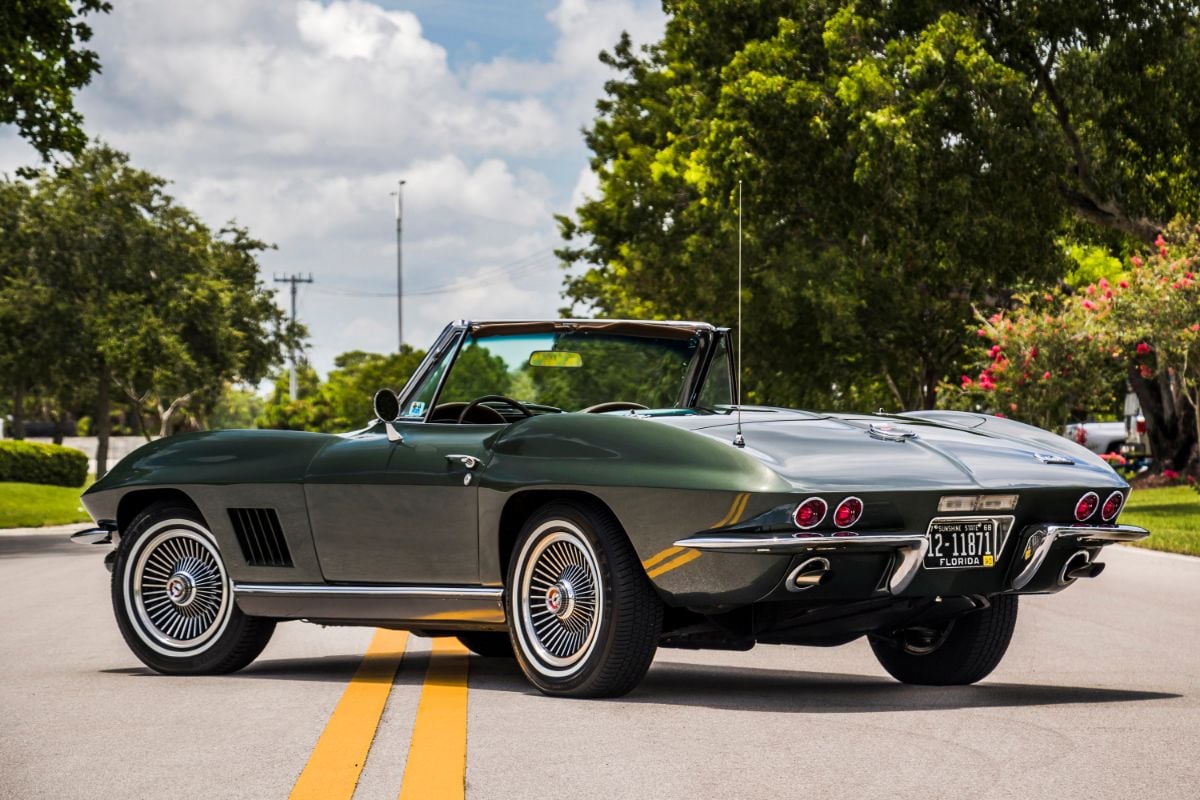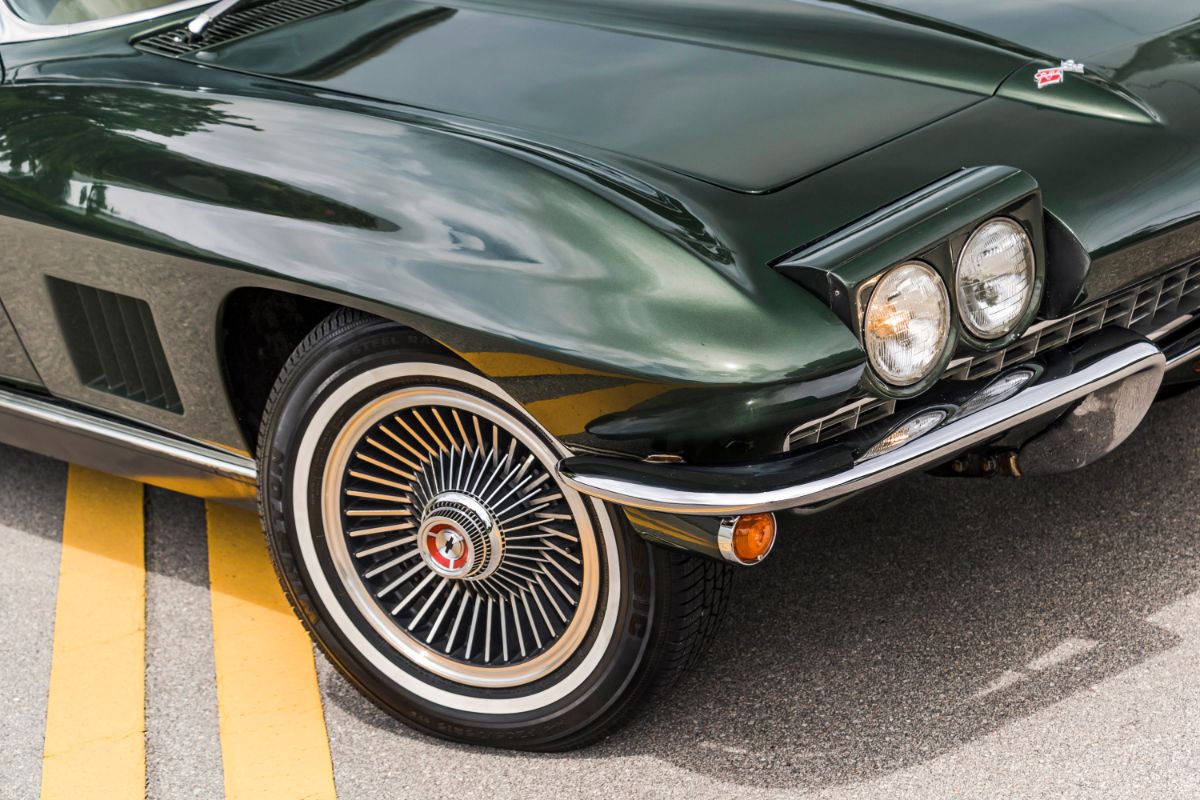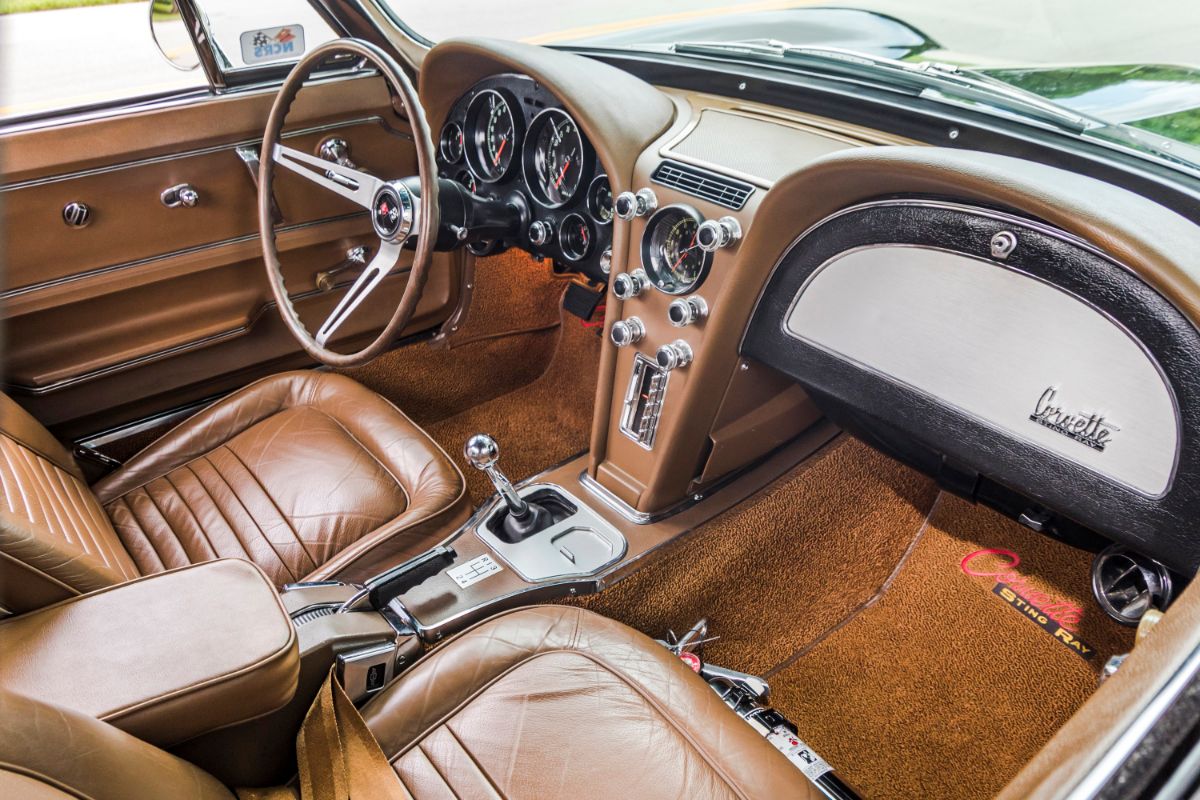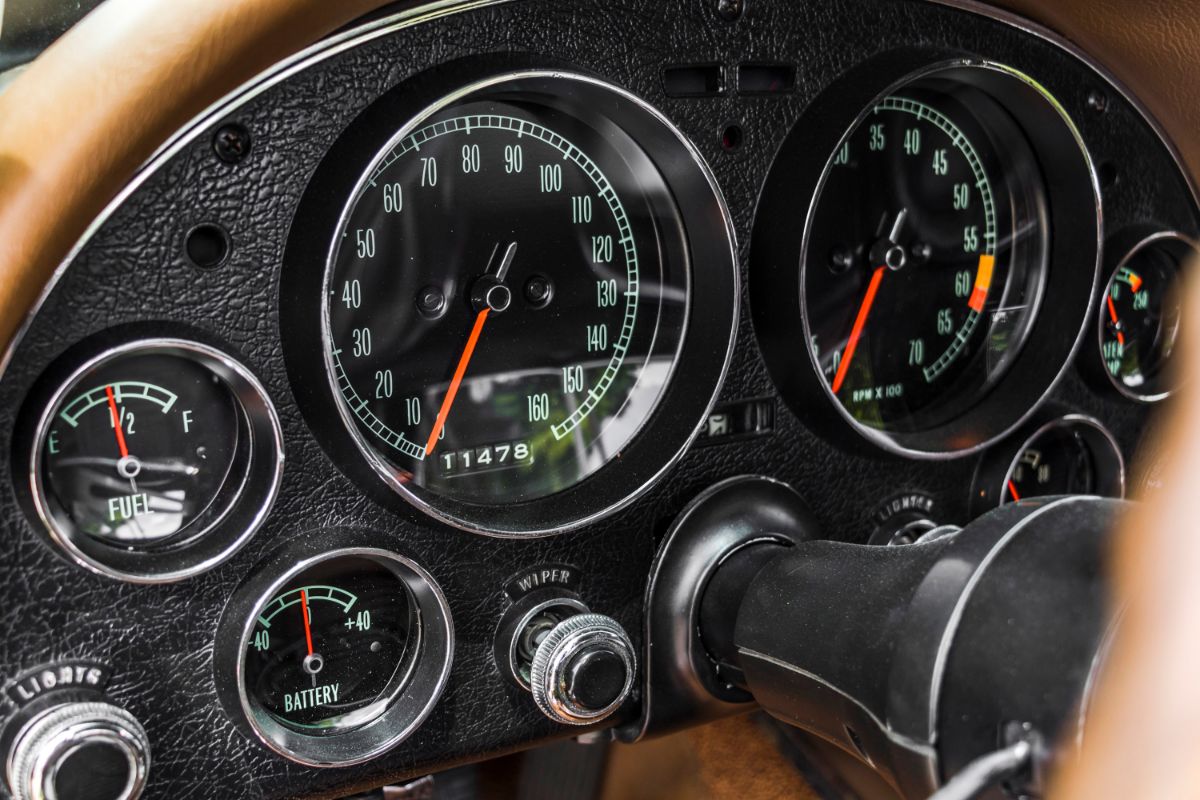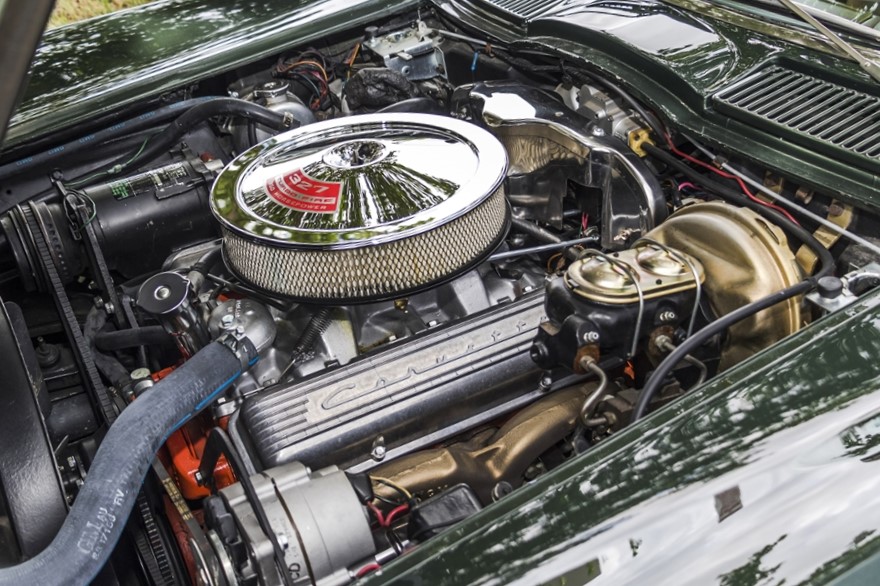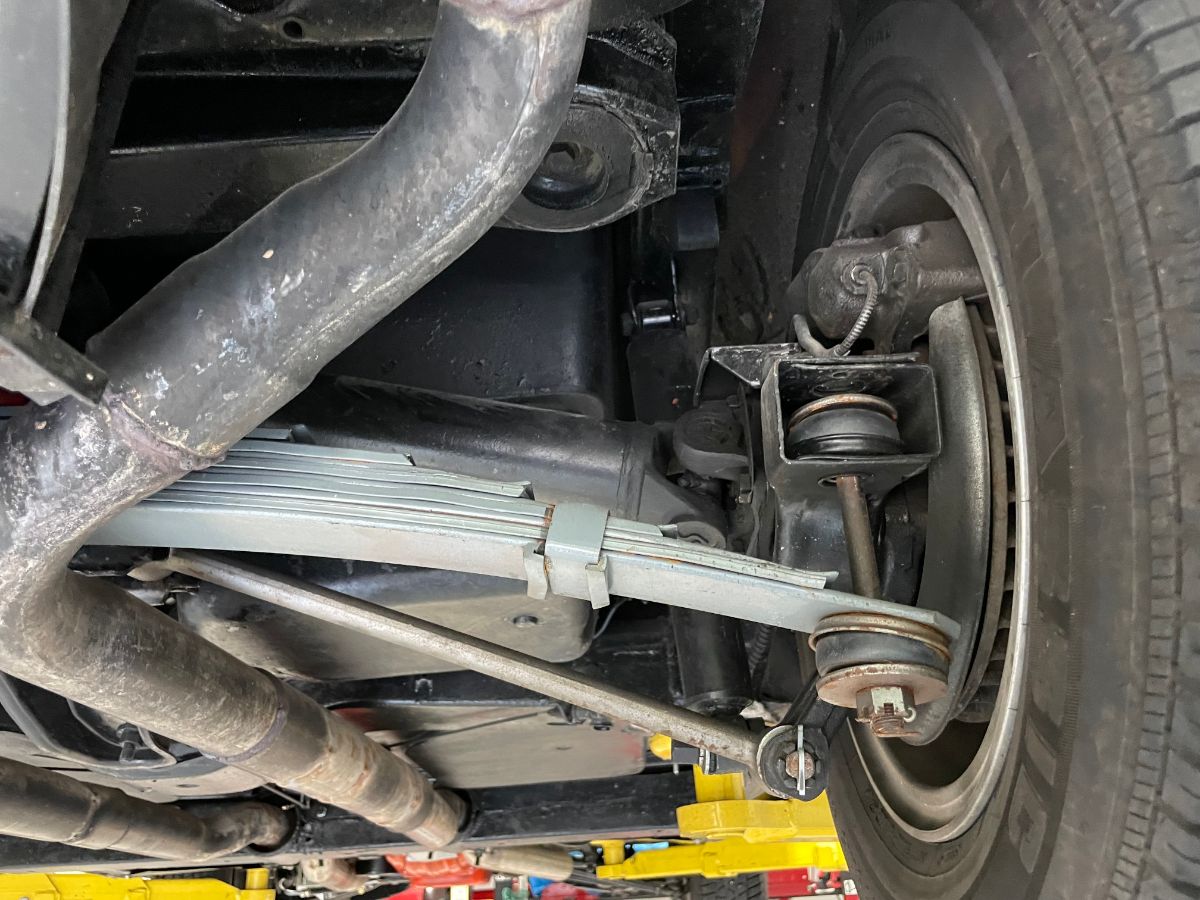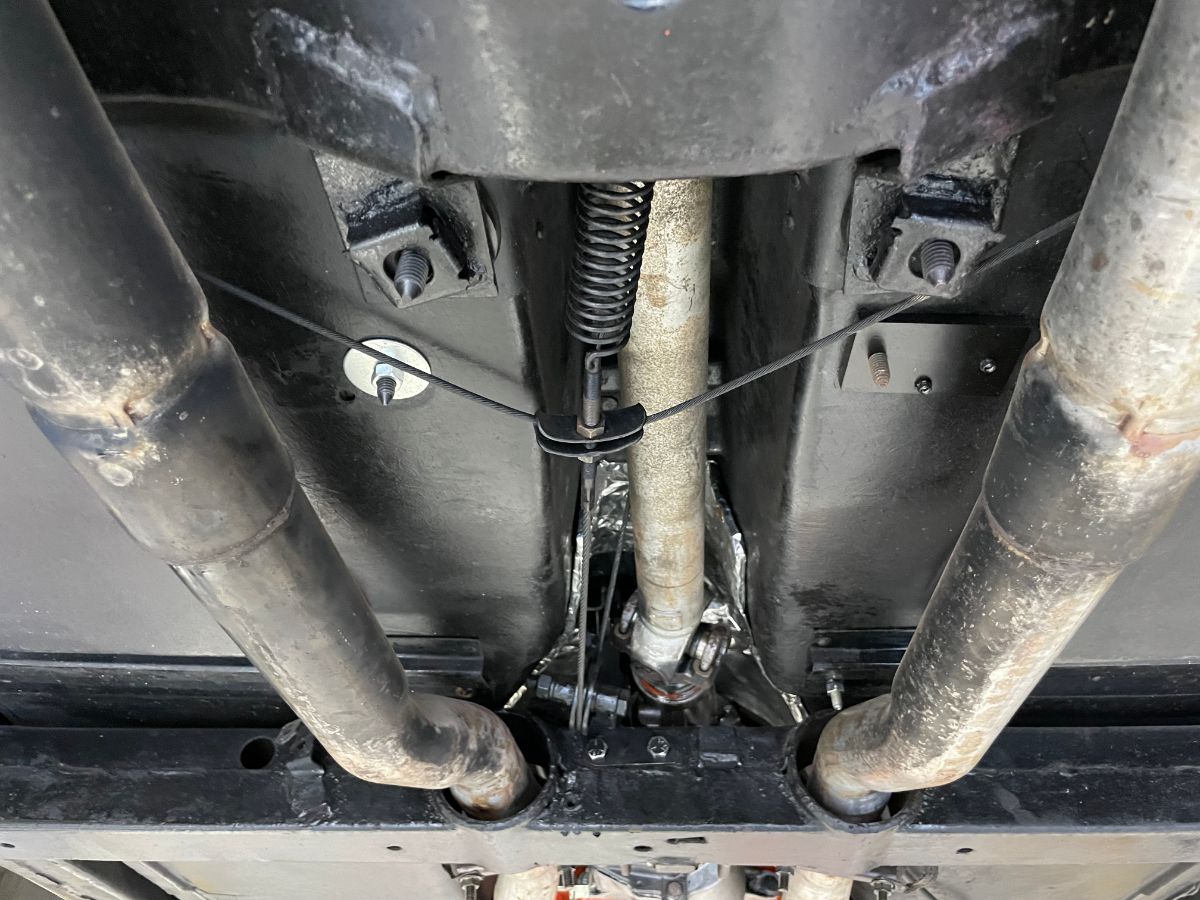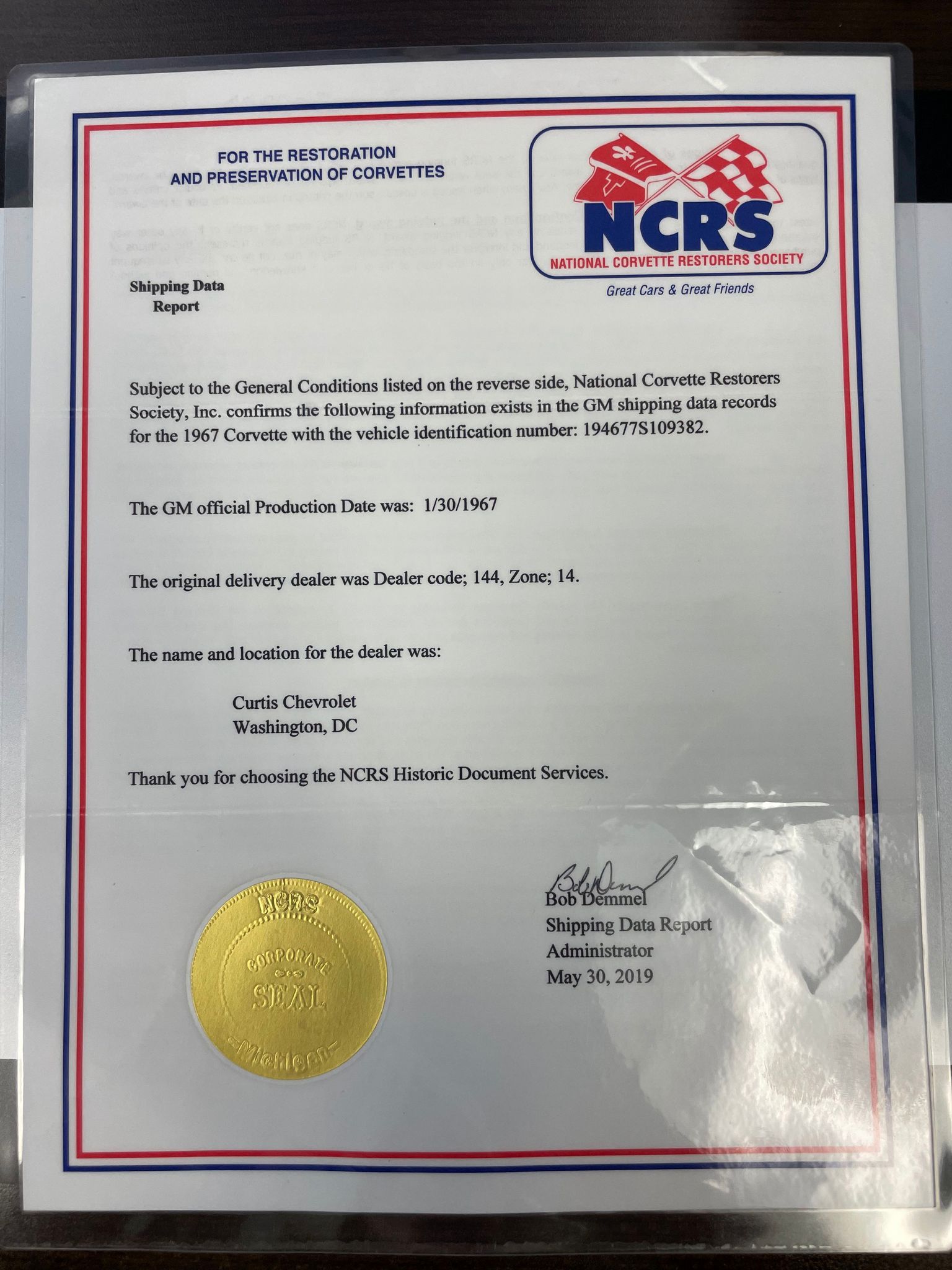The first-generation Acura NSX is not a supercar. It can’t be. Supercars are for parading around in a peacock strut. They’re for people who prefer to be abused by their cars, physically or financially or both. They’re hot, noisy, temperamental. They have performance and mechanical specifications and features meant for observers to recite in a Robin Leach voice. They are, in a word, impractical.
The Acura NSX, as a result, is not a supercar. “What it was not designed to be was conspicuous,” Craig Fitzgerald wrote of the NSX in Hemmings Motor News. Instead, some have called it a pure sports car, a thinking man’s supercar, or just a tour de force of automotive engineering. As Jeff Koch wrote, it only remained on the market for 15 years essentially unchanged because “it took that long for everyone else to catch up.” However one describes it, the NSX has seen newer generations of car collectors – those just now rediscovering Eighties and Nineties cars via the Radwood movement – come to appreciate it and consider seeing for themselves what the acclaim for the mid-engine Japanese coupe was all about. Here’s what to consider when looking for one.
Why Buy an NSX?
When Honda’s engineers set out to build the ultimate mid-engine sports car, they did so deliberately and without compromise. As Brian Long wrote in “Acura NSX: Honda’s Original Supercar,” they had a number of parameters difficult to meet today, let alone 30-plus years ago. “The car had to provide a top speed of around 170 MPH, a standing quarter time of less than 14 seconds, a level of handling and braking the equal of any Ferrari or Porsche, and be refined and user-friendly at the same time.”
The clean-sheet design called for mid-engine placement and all-aluminum monocoque construction, and while Honda’s engineers worked out much of the reinforcement and chassis rigidity needed for such a design, they also consulted a Cray supercomputer to ensure the design would hold up. “The shell was actually stiffer than the majority of steel sports car bodies, yet at 210kg (462lb), it was around 40 percent lighter,” Long wrote.
In addition, the front and rear double-wishbone suspension, the Ken Okuyama-designed body, and the 3.0-liter double overhead-camshaft V-6 made extensive use of aluminum, making the NSX the first mass-produced all-aluminum car. Ayrton Senna had some input on the chassis, the body wasn’t overwrought with vents, and the engine made far more power than any other V-6 at the time.
Yet what enthused reviewers about the NSX the most was how competently it performed. It could reach 60 miles per hour in 5.7 seconds, with its excellent visibility sitting in one didn’t feel terribly different from sitting in any other Acura sedan, and it dispensed with many of the luxury items and tech gadgets typically loaded into supercars in favor of a more direct, uninterrupted driving experience.
Then, once it hit the market, it remained more or less unchanged for 15 years, giving Honda a chance to continually improve upon it and enthusiasts a chance to reap the benefits. “Whatever known issues it had were resolved by the end,” Acura collector Tyson Hugie said.
Production remained low – this was, essentially, a handbuilt supercar, after all – and rare combinations about, but for many years the NSX remained an incredible bargain and though prices for them have been surging as of late, they can still be had for far less than other Nineties supercars and can be maintained for a fraction of what it takes to keep any competitive exotic on the road, in part due to the efforts of enthusiasts in the NSX Club of America to fully document the cars and build a community for sharing that information.
That said, as Chris Willson of NSX specialty shop Science of Speed noted, the number of shops that are willing to work on these cars has dwindled in recent years. “With all the guys who knew these cars retiring , moving on, or passing away, it’s become a real challenge,” he said. “It used to be there were 10 or 12 shops across the country that serviced the cars, one per region more or less. Now there’s just three or four, and people have to ship their cars even farther to have them worked on.”
A second-generation NSX – chassis code NC1 – just wrapped up its production run last year, but the scope of this article will focus just on the first-generation models.
![2005 Acura NSX]()
How to Identify an NSX
The NSX, as stated above, didn’t change much from the time it was introduced in August 1990 as a 1991 model year car until production ended in November 2005. It remained the same basic car on the same basic chassis with a limited number of special editions and variants.
That said, NSX enthusiasts – and Honda itself, via the VIN – demarcate early and late NSXs with the 1997 model year. Early cars, which have NA1 in the Vehicle Identification Number’s fourth through sixth digits, use the C30A 3.0L V-6 engine and a five-speed when equipped with a manual transmission. Later cars, which have NA2 in the VIN, use the C32B 3.2L V-6 engine and a six-speed manual transmission. Look to the seventh digit to see whether the car came with a manual transmission (1) or an automatic transmission (2). The eighth digit indicates trim level while the 10th digit indicates model year.
While the NSX started out as a coupe with a fixed roof, Honda introduced the NSX-T Targa top version in March 1995 and not long after dispensed with the fixed-roof version altogether except for a limited number of special-order base model cars built between 1997 and 2002 and some European market cars. A 2002 facelift brought along fixed xenon headlamps instead of the pop-ups to meet pedestrian safety regulations along with updated front and rear fascias and interiors.
(For the most eagle-eyed carspotters, the oval-shaped exhaust tips were replaced by circular tips in 1995.)
Special editions might be part and parcel of supercar culture nowadays, but the NSX had just a couple. The 1999-only Zanardi Edition had a fixed roof; special spoiler, BBS wheels, and interior; no automatic transmission option; and about 150 fewer pounds to carry around. Just 51 were built, each with a numbered plaque on the dash.
Then there was the NSX-R, a version built for competition from November 1992 through September 1995 then offered again in 2002. Anything that wouldn’t help it go around a track faster like the radio and air-conditioning system got chucked, the chassis was made stiffer, the tendency for oversteer was removed from the suspension, deeper gears were installed, and the already handbuilt C30A engine received a little extra care. More than 483 examples were built, all for the Japanese market.
It’s not as though any model year or variant of the NSX goes unloved these days, but preferences do tend toward the earlier fixed-roof versions due to a stiffer suspension, better chassis rigidity, and lighter weight.
Also worth noting: The NSX was only badged as an Acura for the North American market. In the European and Japanese markets, the NSX wore a Honda badge. Other than which side of the car had the steering wheel, Hugie said there were no substantial differences between Honda NSXs and Acura NSXs. “There’s no compelling reason why you’d want one over the other,” he said.
![1997 Acura NSX]()
Do NSXs Rust?
With their all-aluminum construction, rust is vanishingly rare on an NSX. “There could be some hardware that could corrode, I suppose,” Hugie said. In addition, the NSX’s supercar status meant that few people parked it anywhere corrosion would form even if it were built out of Fiat-grade steel.
Of more concern, according to Hugie, is whether an NSX suffered an accident at any point in its history. He recommends looking closely at the body’s panel gaps; the purpose-built Tochigi Plant where the NSXs were assembled had a reputation for precise panel gaps, so anything less than perfection is an indication of prior repairs.
Willson concurred that it’s difficult to match the level of quality that Honda put into the initial assembly of these cars. In addition, because they remained undervalued for so long, many owners treated them as something less than a car deserving the utmost attention.
“It’s very rare to come across a car that hasn’t had some minor bodywork or repaint,” he said. “You generally can easily spot red flags where the factory paint seam was broken or where the panel fasteners weren’t painted on the car like they were in the factory.”
NSX interiors, as mentioned above, tended not to have too many electronic features, but what gadgets were fitted to the cars could be problematic. Hugie cautioned that the Bose stereos, even with the oh-so-1990s trunk-mounted six-disc CD changer, were problematic; the automatic climate control interface could be glitchy; and the power antennas don’t always work as expected. He also noted that a main relay box installed behind one of the seats can, over time, develop brittle solder joints and cause a crank-but-no-start issue; repairing that issue is as simple as replacing the box at about $70, but it can cause diagnosis headaches.
The lack of available electronics for NSXs has made the cars much more difficult to work on in recent years, according to Willson. Because of the age of the electronics, he’s seeing a lot of circuit board damage from leaking capacitors and his shop has had to resort to replacing the original circuit boards in some components with modern boards.
“I recommend people do overhauls on their circuit boards before they become a problem,” he said.
Should an NSX require a full restoration, replacement parts are becoming difficult to find, particularly for the earlier cars, Hugie noted. “Honda doesn’t have much of a heritage program,” he said, but it has offered an NSX Refresh Plan in Japan since 1993, which offers everything from a deep clean to a complete return to as-new condition.
![2005 NSX engine bay]()
What Engines and Transmissions Did the NSX Come With?
Aside from basic block layout, aluminum-intensive construction, and bore spacing, the NSX’s 90-degree double overhead-camshaft C30A and C32B have almost nothing in common with the rest of the Honda C-series V-6s. “Some people think they can swap an NSX engine into their Acura Legends, but there’s definitely no plug-and-play solution to doing so,” Hugie said.
To reduce weight, Honda’s engineers designed the blocks with open decks, specified titanium for the connecting rods, iron-coated aluminum for the pistons, and (in the C32B, at least) a blend of carbon fiber and aluminum called Fiber Reinforced Metal instead of steel for the cylinder liners. For strength, they stuck with a forged steel crankshaft held in by six-bolt main caps.
The C30A came in two different power levels, depending on the transmission. Five-speed versions put out 270 horsepower while automatic-equipped versions used different camshafts to put out just 252 horsepower. (For a double whammy, automatic-equipped cars also packed on 88 pounds over the manual-transmission cars.) The C32B saw power increase to 290 horsepower as a result of the displacement increase and larger intake valves. VTEC variable valve timing generally kicks in at around 5,800 RPM, about 1,000 RPM higher than the engagement point for the Variable Volume Induction System’s secondary intake plenum.
Because the C-series engines use an interference design with timing belts, it’s crucial to ensure those are regularly replaced. But, despite their advanced technology, Hugie said the engines are still characteristic Honda, requiring only routine maintenance to ensure trouble-free operation.
Science of Speed offers, essentially, three different service levels ranging from a basic change of fluids all the way up to a timing belt and water pump replacement that includes fresh gaskets and even replacing the two dozen or so coolant hoses throughout the car. The latter, though extensive, still only runs about $4,000.
The only real Achilles heel for NSX drivetrains, according to Hugie, are the snap-rings in the 1991 and 1992 manual transmissions, which can shatter due to a groove that was cut too wide inside the transmission case. “If you notice the gearshift starting to wobble, then it’s time for corrective action,” he said. It is, however, a well-documented issue, the subject of a Technical Service Bulletin (93-010), and affected only cars within a certain assembly date range. Advertisements for cars that fall within or near that range will typically clarify whether the snap-ring issue has been dealt with.
Parts availability is starting to affect the drivetrains as well, with all of their bespoke parts. Willson noted, for example, that the supply of OEM-style 3.0L crankshafts has essentially been exhausted, with only aftermarket performance versions now available.
While the cars span both OBDI and OBDII eras, there aren’t many substantial differences in their engine management systems, Hugie said, aside from the fact that the later cars require an OBDII scan tool while the earlier cars can return diagnostic codes via a paperclip terminal bridge.
![2005 Acura NSX interior]()
How Do NSX Chassis and Brakes Hold Up?
Sure, the NSX’s chassis and, in particular, its suspension design had been influenced by the company’s Formula One involvement, as many articles about the NSX have stated. However, as Koch pointed out, the double-wishbone design with coil-over shocks front and rear and forged aluminum components wasn’t all too different from what Honda placed under all of its cars in the Nineties. Then again, only for the NSX’s suspension tuning did Honda recruit Ayrton Senna and Bobby Rahal as consultants.
As expected, Honda installed disc brakes front and rear, with those systems generally proving trouble-free with the exception of the ABS pump. “It’s common when the cars sit for an extended period of time for the pump to deteriorate,” Hugie said. “That’s why a lot of people say to make sure to give the car a few good hard stops on a gravel road to exercise the brakes.”
Later cars with updated ABS systems don’t cause as much of an issue, so Hugie said it’s common to see earlier cars like his 1992 fitted with complete ABS systems from later cars. “It’s a better performing system – the difference in brake pedal feel was immediately noticeable – and the parts are more readily available,” he said.
While NSXs received electric power steering from the factory around the same time the NSX-T was introduced, Hugie said it was probably unnecessary and that the manual steering of the earlier cars provided a more direct feel for the road. He also cautioned against upgrading from the earlier 15- and 16-inch wheels to the later 17-inch wheels. “They looked amazing, but I felt the car handled best with the original wheels,” he said.
Excessive rear tire wear has also been a known issue since the cars were new, with some cars getting less than 3,000 miles before the tires go bald, according to a New York Times article on the issue from 1994. Rear suspension alignment and tires designed for high-performance applications were both identified as culprits, though some enthusiasts note that correcting for both of those factors still results in higher-than-normal tire wear.
![2005 Acura NSX]()
What’s an NSX Worth?
The days of the $25,000 NSX are certainly over. In the last decade or so, values have risen markedly to the point where the cars regularly trade for six figures. Of the NA1/NA2 NSX listings currently on Hemmings.com, only one has an asking price less than $100,000; the rest generally range from $105,000 to $135,000 with one 9,800-mile example listed for $149,000.
Actual sale prices haven’t dipped below $50,000 in more than a year, according to data on Classic.com, with a handful approaching $200,000 and one original example fetching $245,000 in an online auction more than a year ago. Generally, the newer the car, the more valuable, with early NA1s averaging about $70,000, NSX-Ts averaging about $75,000, pre-facelift NA2s averaging $105,000, and facelifted NA2s averaging $130,000.
![1991 Acura NSX]()
Additional NSX Resources
NSX Club of America
240 Klein Ln.
Saukville, WI 53080
NSXCA.org
NSX Prime
NSXPrime.com
Science of Speed
480-894-6277
ScienceofSpeed.com

